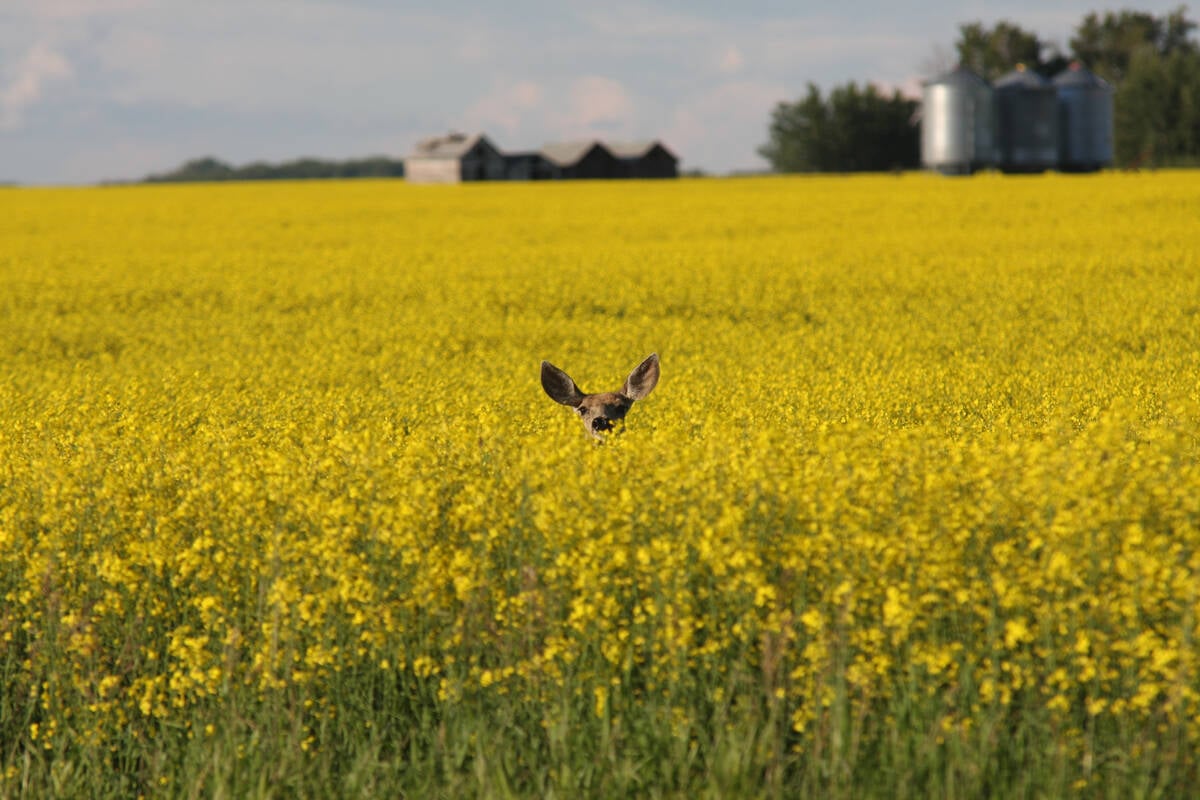An American environmental research organization says a handful of California’s largest farms are “double dipping” water and crop subsidies from the federal government to pull in millions of taxpayer dollars each year.
The Environmental Working Group uses its analysis of one of the more perverse examples of farm subsidies in the United States to call for reform.
“What do you get if you take two wasteful and inequitable programs and put them together?” asks the report published in August.
“In the case of crop and water subsidies, you end up with a bigger mess than before and a farm policy as antithetical to the free market as anything out of Soviet central planning.”
Read Also

Drones now used to assess wildlife crop damage in Saskatchewan
Wildlife damage in Saskatchewan crops is now assessed by drones and artificial intelligence.
The group, based in Washington, D.C., and Sacramento, Calif., argued that with government deficits at near record levels, it is time to reassess the farm subsidy system.
“With no end in sight to the war on terror, can we afford to give farmers in arid western states hundreds of millions of dollars a year in water subsidies that are used to grow surplus crops that cost additional hundreds of millions of dollars in price supports?”
The report highlighted close to 7,000 large farms in California’s Central Valley Project. Using federal records, the group’s researchers concluded that in 2002, the farms received combined water and production subsidies worth $538 million US.
Starrh and Starrh Cotton Growers farm at Shafter, Calif., received $2.1 million in subsidies that year, including $1.97 million in crop subsidies. Burford Ranch of Fresno, Calif., received more than $2.1 million in water subsidies.
They were among the 10 biggest “double dippers” who raked in a combined $20 million.
The report says that average U.S. farm bill crop subsidies for these California giant farms was close to $100,000 while the average per-farm subsidy across the country was just over $18,000.
“It’s clear that double dipping is not a policy that helps struggling farm families make a living – the original intent of both crop and water subsidies – but an opportunity for wealthy agribusiness corporations to ‘game’ the system so that taxpayers pay for their finished products and raw materials,” said the report.
In the past 23 years, 11 attempts have been made in Congress to make double dipping illegal, but the agribusiness lobby derailed them all.
Environmentalists complain cheap irrigation water leads to overuse and waste of a diminishing resource. When used by dairy farms there is a form of triple dipping because water, crops and the dairy operation all get subsidies.
Researchers highlighted large dairy operations such as Tri Ieast Dairy at Madera, Calif., which in 2002 received an estimated $410,000 in water subsidies, $91,000 in crop subsidies and almost $35,000 in dairy subsidies.














